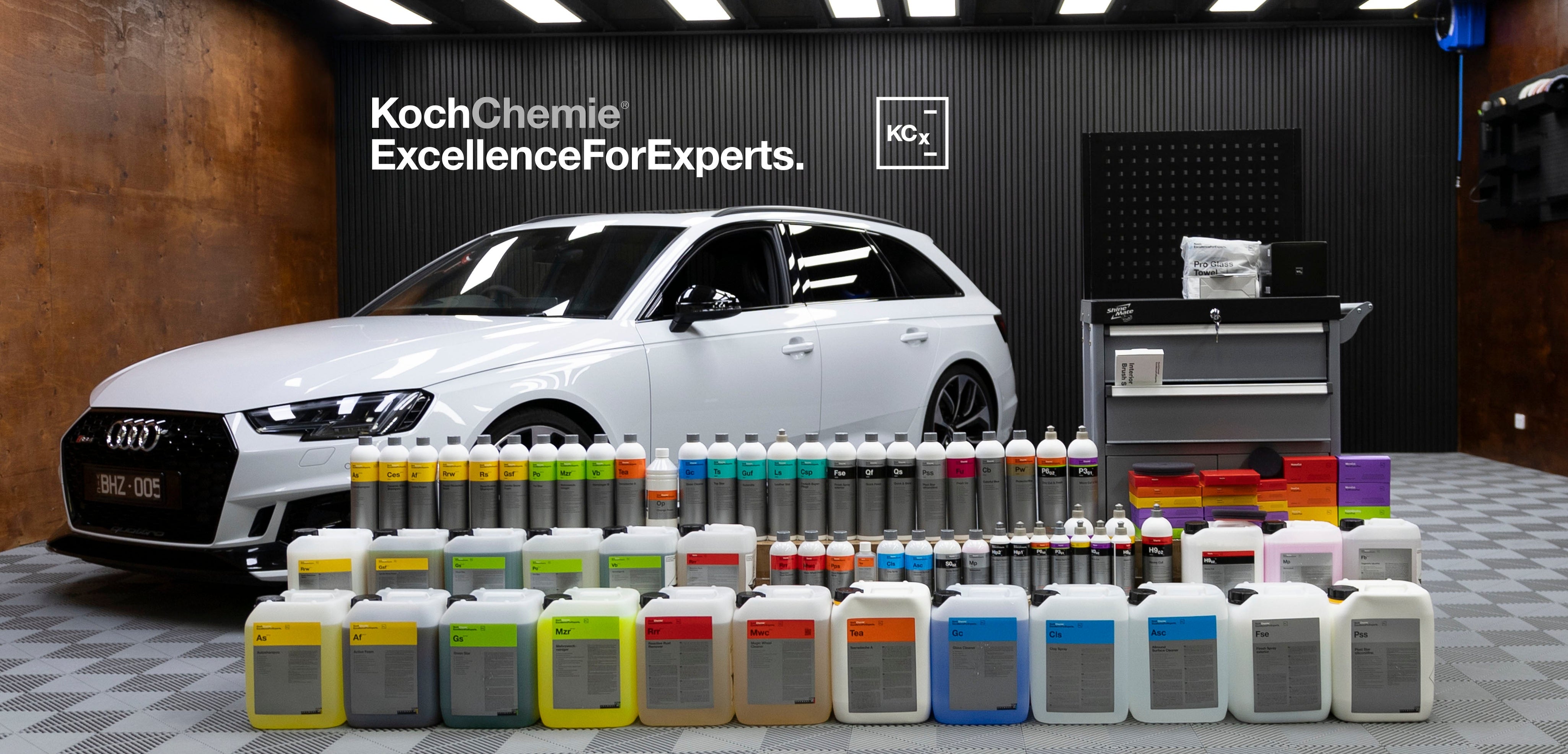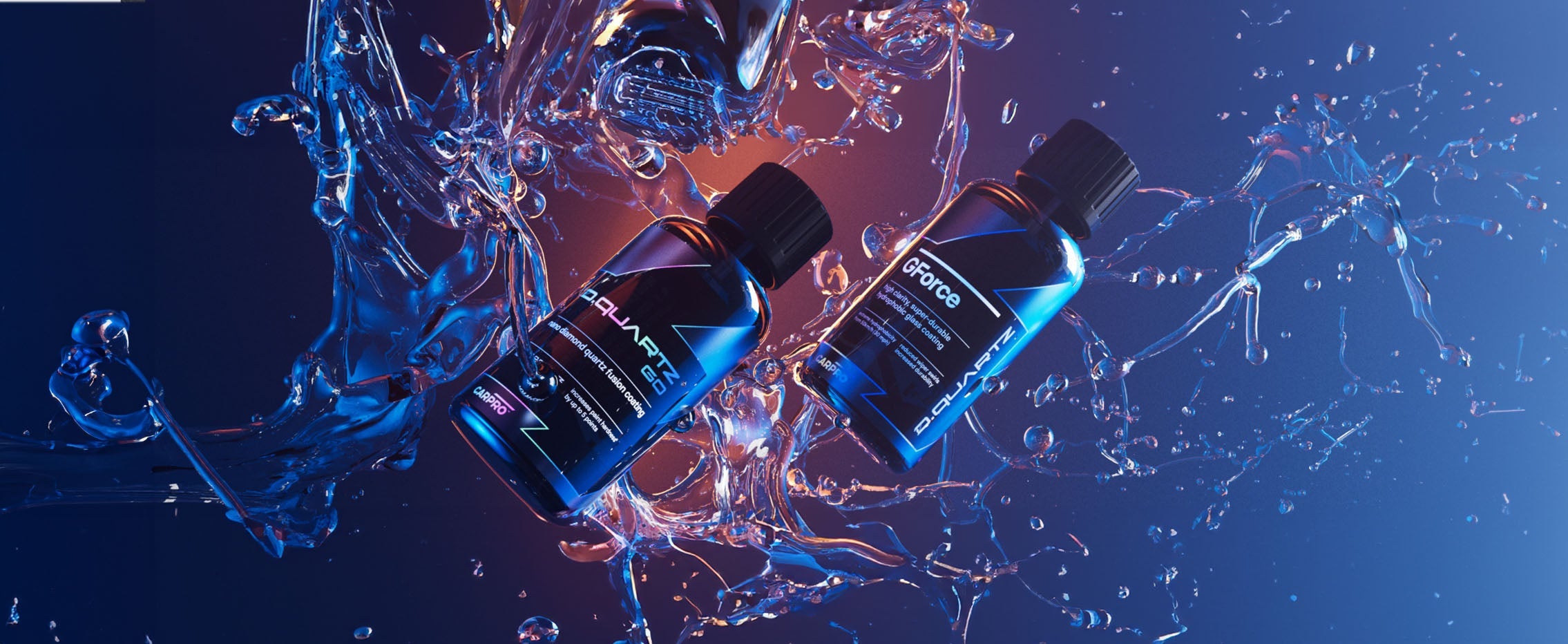Car leather is undoubtedly the pinnacle of car interior trims in not only the way it looks but also in how it feels. It even emits a subtle but luxurious smell that engulfs the interior cabin. So you’re fortunate enough to have leather seats and trims in your ride? Lucky you! But with the privilege of owning leather also comes the responsibility of caring for it.
Caring for car leather seats and other car leather trims really isn’t any more time consuming or difficult than maintaining cloth, plastic or vinyl seats and trims, and it also doesn’t have to be any more expensive. It’s really a matter of using the right products and tools in the right manner with the proper techniques.
Two Steps to Clean Your Leather:
Your overall goal or process for maintaining and preserving car leather should be to clean, protect and maintain it. When we sit in a leather seat that has dust and dirt particles or just a build-up of grime, we inevitably grind those particles and matter into the leather which wears its surface down more rapidly and ultimately deteriorates the leather at a faster rate. It also degrades the leather's look and feel.
Step 1: Remove Loose Dirt
Your first step when it comes to cleaning automotive leather needs to be a dry clean or vacuum. Before you start to introduce cleaning liquids, it is imperative that the loose dust and dirt is removed in a safe yet effective manner by using a brush attachment on your vacuum cleaner, or alternatively, a separate brush to lift and aid the vacuum nozzle in removing the surface dirt without scratching the leather.
Avoid using a hard plastic vacuum nozzle, as this can easily scratch the leather. The reason you want to remove this looser dust and dirt before you start using liquids is that the liquid cleaners, together with the looser grime, can create a muddy like paste that will act as an abrasive to scratches and wear the leather’s surface as you clean, leading to the leather’s premature wear and failure.

Step 2: Wet Clean
Your next step is to perform a wet clean, which requires a leather cleaner. Unlike certain general car interior cleaning products that can be quite aggressive towards leather or even clear leather coatings, a safe and effective water based and pH balanced car leather cleaner is ultimately the best and safest product to clean automotive leather seats and trims.
Some stronger alkaline chemicals on the Ph balance scale or even some solvent based cleaners can in fact strip a new leather’s protective coating or remove an older leather’s colour dye. To avoid this, use a safe but effective, quality car leather cleaner to clean your leather effectively without damaging or degrading it.
If your car leather is relatively clean with just some very minor soiling, you can use most leather cleaners by just applying them to a microfibre cloth or directly to a section of your leather seat or trims and proceed to wipe the area down and remove any minor grime. However, if the leather is heavily soiled, it will require the use of a leather brush to work the cleaner throughout the section for a short period followed by using your microfibre cloth to wipe the residue away.

It’s important to note that the cleaner the leather is and the more regularly it is cleaned, the quicker this process will be, as you can work large areas at a time, making it a speedy process. However, if the leather isn’t cleaned regularly and is neglected and has become heavily soiled, it will require you to work smaller sections for longer periods with your cleaner to adequately clean the leather to a good standard.
It’s also important to note that truly clean leather shouldn’t look glossy or feel slick. It should have a matte to satin finish and just a little grip to its touch. Leather takes on a shiny and slick look and feel only when it’s not well cleaned or regularly maintained. With the leather seats and trims all nice and cleaned it’s absolutely vital that they are not left bare and unprotected. The use of protective leather agents or sealants are a vital part of ensuring that there is always a sacrificial layer of protection that stands between the bare leather and environmental factors such as UV rays, air born dirt, dust and simple daily wear and tear.
How to Protect Your Leather:
It’s vital that a leather coating is applied immediately after cleaning the leather to ensure a good strong lasting bond. In most cases, the coating is applied using a foam or cloth applicator, worked into one section of the leather at a time, allowed a short period to bond or flash to the surface of the leather and then levelled down with a microfibre cloth to achieve a streak free finish.
What Should I Use to Protect my Leather?
Protective leather treatments can come in many forms such as more durable leather Nano coatings (such as CarPro Cquartz Leather & Vinyl Protectant), protective leather dressings and even lighter leather quick detailers (such as NV Nourish). The best place to start with protecting a new or freshly cleaned and restored leather seat is with a durable leather coating that can last upwards of a year and acts as a protective foundation layer. This will not only help to protect the leather from environmental factors, but will also help to make future cleaning a far easier process due to its repellent nature. This also helps to reduce the likelihood of food stain and drink spill accidents.
How Often Should I Use a Protectant on My Leather?
In many cases, leather coatings may also be layered after a short period to further increase their durability and performance, and in most cases, the coating will need a period of a few hours to a day to fully set and cure before you start using the surfaces again. Apart from using leather coatings once or twice a year as your foundation layer of protection, the more frequent use of more general leather dressings and quick detailers can help ensure that your leather remains well hydrated and continuously looks and feels at its best in between those more periodic deep cleans and coating applications.
A protective leather dressing can be used once every month or two to further help maintain your leather after a light cleanse with your leather cleaner as a way to also maintain your leather coating as an overall part of your maintenance routine.
How to Apply a Protective Leather Dressing:
Leather dressings are usually relatively quick and easy to use. Simply apply a small amount of the product to an applicator pad or directly onto the leather surface and work it in for a short amount of time. In many cases, the dressing can self-level to a perfect finish, but if not, a quick wipe with a microfibre cloth will do the trick.
As a weekly or fortnightly process, a leather interior quick detailer can be a fantastic solution. Apart from being able to deal with some light dust, it will also help top up your leather’s protection. So rather than having to firstly clean and then seal your leather each and every week, a quick detailer can be used to both lightly clean and dress not only your leather but also many other interior cabin trims in a fast and easy process. Interior and leather quick detailers are usually applied by spraying them directly on to the surface and quickly wiping them down in a speedy manner. As all interior or leather products can vary slightly from brand to brand, it’s important to always read the directions and follow them for each specific product.

Looking after your car’s leather doesn’t have to be a daunting, time consuming or costly process. It just requires you to invest a little time using the proper, safe products and methods so that in the long run you can truly enjoy the fantastic pleasure of owning a car leather interior.






